

Mga Batang Mandirigma(2004)
The Probe Team traces the roots of two Muslim youths who are currently studying in the U.S.: Khalid Dimaporo and Romina Bernardo. More than another war story, this is a tale of two individuals who are out to discover what it means to be a Muslim of their generation. Both come from prominent political clans in Mindanao, but consider themselves “modern Muslims,” having been raised and exposed to different cultures in other countries.
Movie: Mga Batang Mandirigma
Top 1 Billed Cast
Reporter

Mga Batang Mandirigma
HomePage
Overview
The Probe Team traces the roots of two Muslim youths who are currently studying in the U.S.: Khalid Dimaporo and Romina Bernardo. More than another war story, this is a tale of two individuals who are out to discover what it means to be a Muslim of their generation. Both come from prominent political clans in Mindanao, but consider themselves “modern Muslims,” having been raised and exposed to different cultures in other countries.
Release Date
2004-01-01
Average
0
Rating:
0.0 startsTagline
Genres
Languages:
Keywords
Similar Movies
 6.5
6.5Adolf Island(en)
Caroline Sturdy Colls, a world leader in the forensic investigation of Nazi crime scenes, is chasing clues to an unsolved case: a concentration camp that existed on the British island of Alderney. Witnesses and survivors claimed that thousands died there, but only 389 bodies have ever been found. Under heavy restrictions imposed by the local government, which may not want its buried secrets revealed, Colls must uncover the truth using revolutionary techniques and technologies.
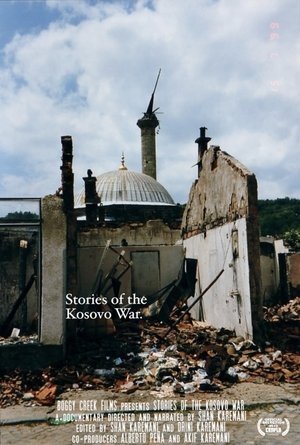 8.0
8.0Stories of the Kosovo War(en)
A documentary unraveling the untold stories and brutal experiences of the Kosovo War in the late 1990s.
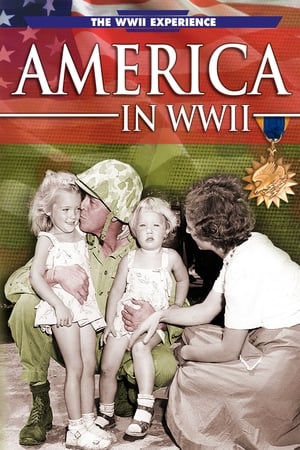 0.0
0.0America in World War II(en)
Follow the fascinating story of America's journey into World War II and discover the remarkable, selfless courage and bravery of Americans both at home and abroad that literally turned the tide of the war against Adolf Hitler.
 7.0
7.0Hitler's Mountain: Hidden Traces(en)
The Obersalzberg was an ordinary Bavarian mountain until Adolf Hitler discovered it in 1923. There at the Berghof, the Nazi leader spent his time surrounded by his most faithful lieutenants and his mistress, Eva Braun. Though mostly destroyed, remnants of the vast building complex still exist.
 0.0
0.0Y1: Silence of the Deep(el)
14 September 1943: The legendary submarine Y1 “Katsonis” was sunk north of the island of Skiathos by the German submarine chaser UJ 2101. Through the book of XO Elias Tsoukalas who escaped capture and had to swim for nine hours to reach shore, secret documents, and crew members’ diaries, the documentary unfolds the human stories woven around the submarine. Seventy-five years later, with the support of the Hellenic Navy, we search for the submarine sunk at 253 metres depth and film the wreck for the very first time.
 8.0
8.0Halifax At War: Story of a Bomber(en)
The Handley Page Halifax four-engined heavy bomber was the unsung hero of Bomber Command during the Second World War. It flew over 39,000 sorties over enemy territory, towed gliders, dropped agents, carried cargo, and pioneered electronic warfare. In all 6,178 were built. Today only three remain.
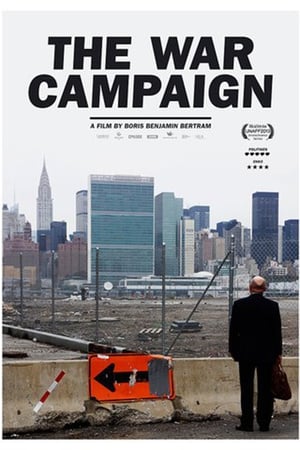 0.0
0.0The War Campaign(en)
The film uncovers the way the governments of Denmark, USA and the UK massaged political and popular opinion in their own countries.
 0.0
0.0Invisible(tl)
Still considered a taboo topic, mental health is usually associated with craziness, mental derangement, or lack of faith. In the Philippines, there are about 3.3 million Filipinos afflicted with this “invisible” ailment, many of whom are afraid to admit it and deal with their condition for fear of being ostracized. Sometimes, warning signs are ignored and things end up tragically. In this full-length documentary, ABS-CBN hopes to destigmatize mental health by taking a more optimistic approach with stories of recovery and redemption.
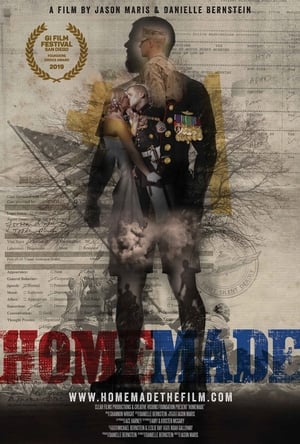 0.0
0.0Homemade(en)
Homemade is the cinematic and profoundly intimate five-year journey with decorated Force Reconnaissance Marine, Adam Sorensen, and his wife, Victoria, as they navigate marriage and the effects of Post Traumatic Stress, Traumatic Brain Injury, and addiction.
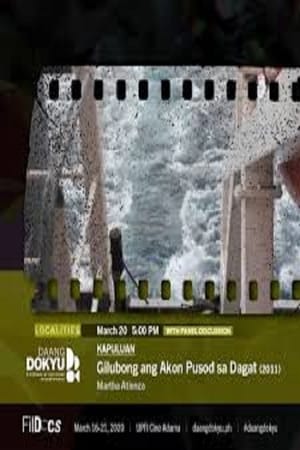 0.0
0.0My Navel Is Buried In The Sea(tl)
Gilubong ang Akon Pusod sa Dagat explores the relevance of the sea and its relationship and impact on those who use it as a source of livelihood. Through a three-channel video projection, the work proffers varying scenes and perspectives in simultaneity, briskly balancing alternating rhythms in settings and emotions throughout its duration. In addition to reflecting the Philippines’ historical and geographical relationship with the ocean, it brings the sea into its contemporary reality, as a metaphor of necessity and opportunity, and of community and isolation.
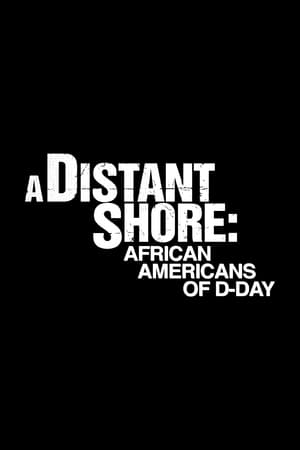 0.0
0.0A Distant Shore: African Americans on D-Day(en)
The role of African American soldiers during the World War II Allied invasion of Normandy.
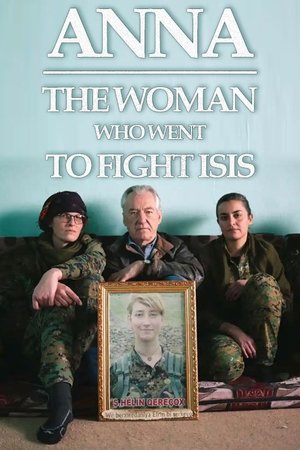 7.0
7.0Anna: The Woman Who Went to Fight ISIS(en)
In 2017, 25-year-old Anna Campbell from Lewes in East Sussex travelled in secret to northern Syria. She was heading for Rojava, the Kurdish territory in the north of the country. In the midst of the civil war in Syria, a fledgling feminist democracy had been established but almost immediately came under threat from the so-called Islamic State. Just eight months after arriving and with no military background, Anna went to the front line to fight with Kurdish YPJ. A month later she was killed by a Turkish air strike. With access to her diary and videos filmed while she was there, this film explores what motivated Anna to leave and how her family make sense of the tragic consequences.
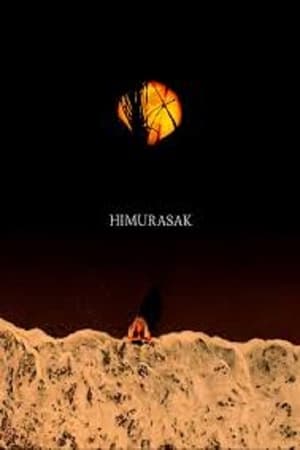 0.0
0.0A Harvest Of Souls(tl)
Himurasak shares stories from communities in Tacloban affected by Typhoon Yolanda, from the collective memory and experiences of the locals themselves.
 6.9
6.9Olympia: Part One – Festival of the Nations(de)
Commissioned to make a propaganda film about the 1936 Olympic Games in Germany, director Leni Riefenstahl created a celebration of the human form. This first half of her two-part film opens with a renowned introduction that compares modern Olympians to classical Greek heroes, then goes on to provide thrilling in-the-moment coverage of some of the games' most celebrated moments, including African-American athlete Jesse Owens winning a then-unprecedented four gold medals.
 6.7
6.7Olympia: Part Two – Festival of Beauty(de)
Commissioned to make a propaganda film about the 1936 Olympic Games in Germany, director Leni Riefenstahl created a celebration of the human form. Where the two-part epic's first half, Festival of the Nations, focused on the international aspects of the 1936 Olympic Games held in Berlin, part two, The Festival of Beauty, concentrates on individual athletes such as equestrians, gymnasts, and swimmers, climaxing with American Glenn Morris' performance in the decathalon and the games' majestic closing ceremonies.
 6.7
6.7Workers Leaving the Lumière Factory(fr)
Working men and women leave through the main gate of the Lumière factory in Lyon, France. Filmed on 22 March 1895, it is often referred to as the first real motion picture ever made, although Louis Le Prince's 1888 Roundhay Garden Scene pre-dated it by seven years. Three separate versions of this film exist, which differ from one another in numerous ways. The first version features a carriage drawn by one horse, while in the second version the carriage is drawn by two horses, and there is no carriage at all in the third version. The clothing style is also different between the three versions, demonstrating the different seasons in which each was filmed. This film was made in the 35 mm format with an aspect ratio of 1.33:1, and at a speed of 16 frames per second. At that rate, the 17 meters of film length provided a duration of 46 seconds, holding a total of 800 frames.
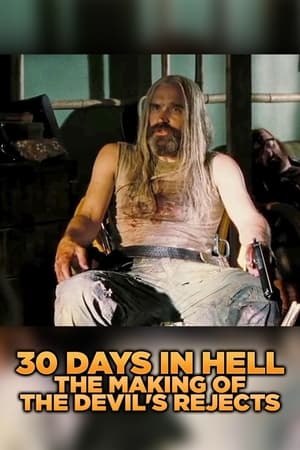 6.0
6.030 Days in Hell: The Making of 'The Devil's Rejects'(en)
An exhaustive, detailed documentary on the 30-day film shoot of "The Devil's Rejects"


